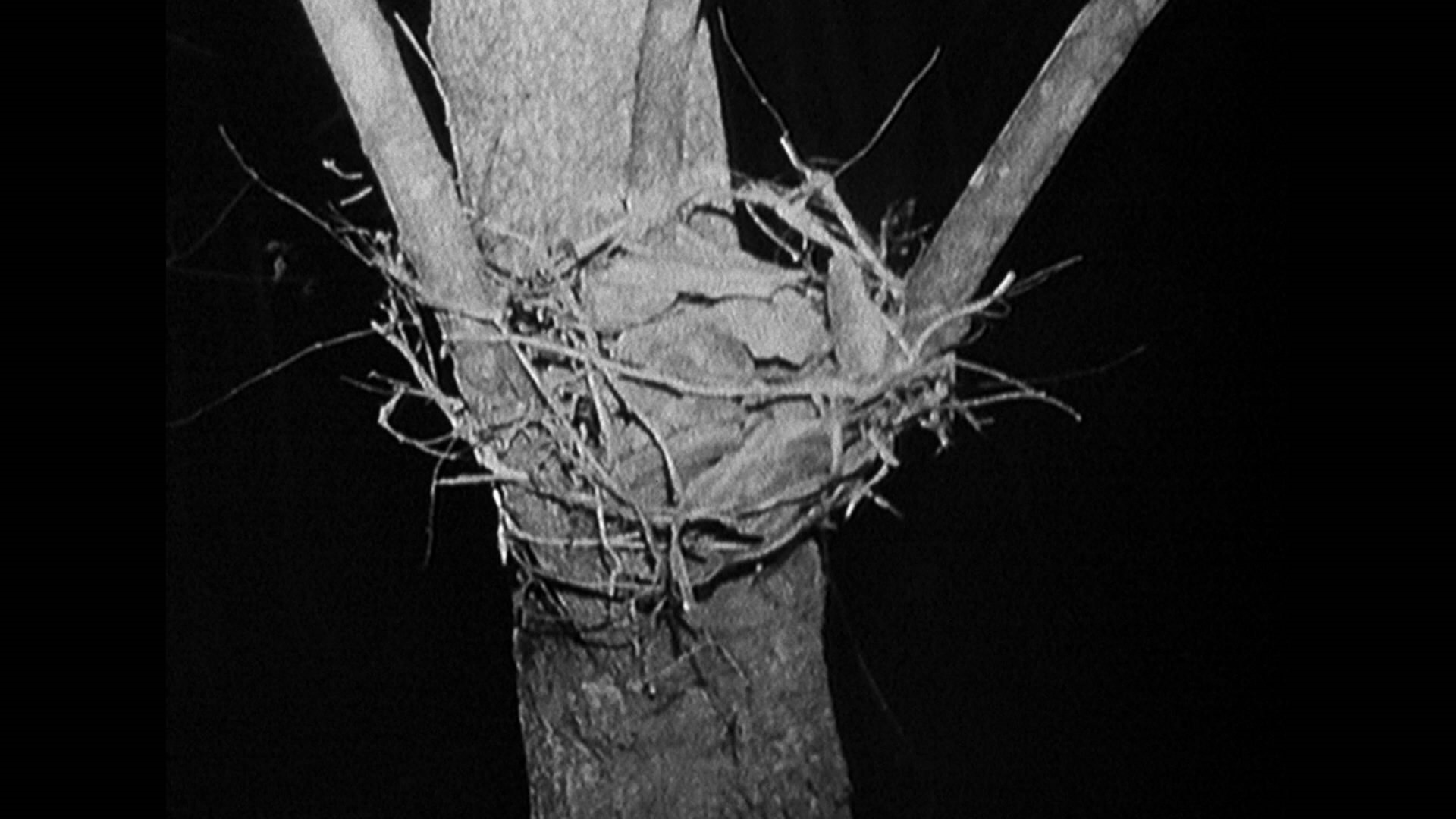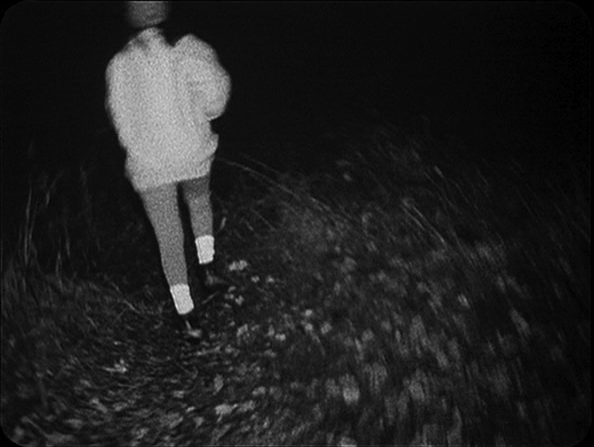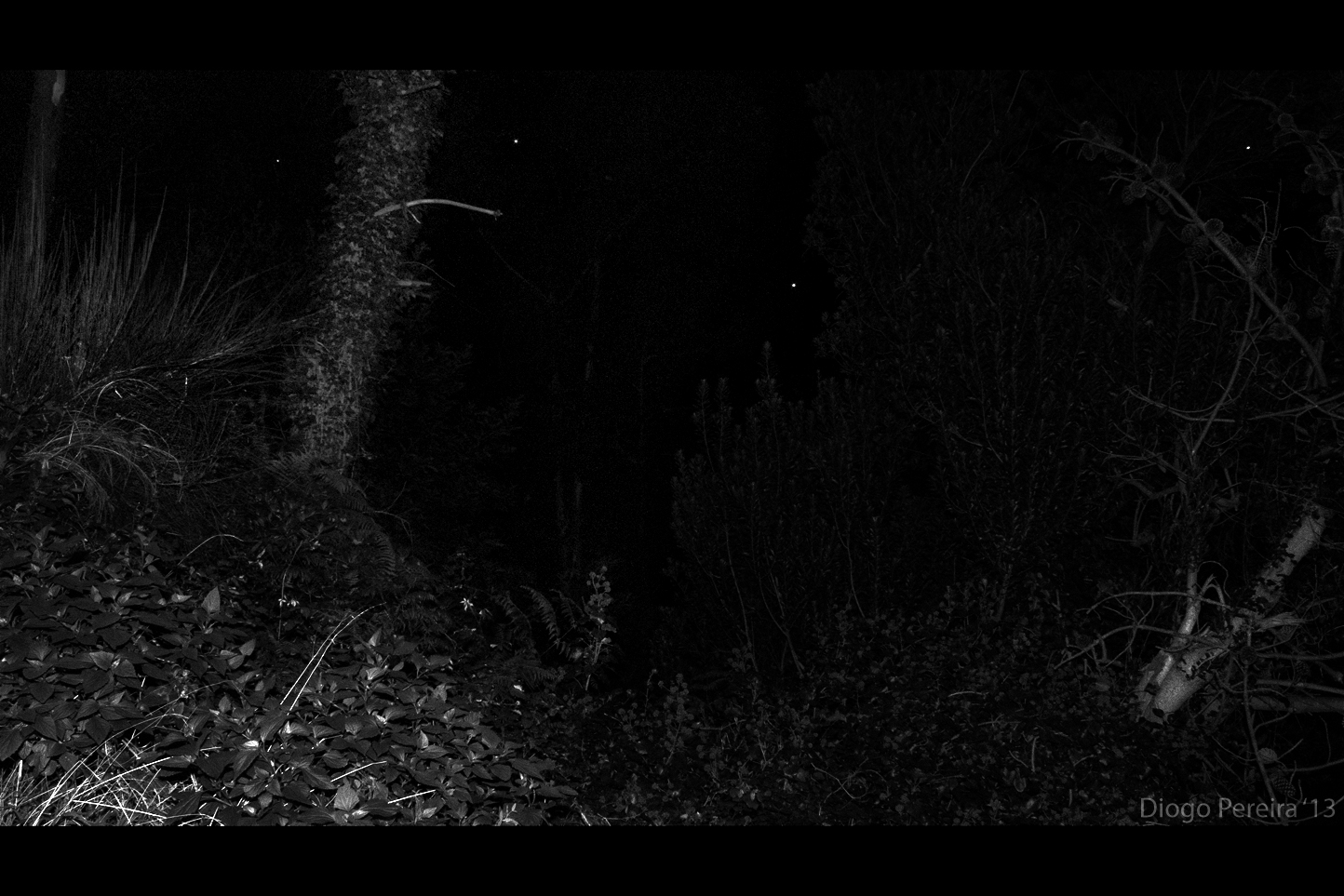Today the entanglement of funding and research erodes speculative, disinterested research in favour of quantifiable, reproducible findings, and promote inquiry as an instrument of certainty based on sanctioned principles, be these technological objectivity or historical lineage. Reinforcing instrumentality and certainty rather than reflexivity and speculation perpetuates a disembodied culture that is the root of discontinuity between human and non-human, offering few critical insights into how the natural world is actually envisioned, conceptualized, and manipulated in a capitalist-pluralistic culture. While digital publishing is creating new opportunities (and audiences) for landscape, it is doubtful whether this can overcome the reality that, in the United States at least, there is little popular discourse about constructed landscape (as opposed to ‘environment’). For the most part, landscape remains a taken-for-granted background, without a clear advocate, or more pertinently, consumer.
Far from justifying a post-theoretical/post-critical paradigm, the contemporary entanglement of the built environment with the political/cultural economy makes landscape interpretation and criticism more essential than ever. Indeed, it invites an expanded, consciously political (that is, attentive to the play of power), form of landscape criticism that not only transcends discussion of the physical landscape, but is reflexively aware of its own cultural agency. Here, it is useful to recall a key construct in humanistic geography, what Denis Cosgrove called the ‘idea of landscape’. Mapping cultural values onto material terrain and lending practical actions ideological and theoretical weight, the landscape idea is a syncretic ‘structure of seeing’ that mediates aesthetic, moral, and political values. Facilitated by representation, and especially visual imagery, it emphasizes that all material landscapes are socially and historically constructed, and therefore not just reflective but constitutive of a social, political and economic milieu. Consequently, discourse not only affects how people relate to built environments, but indirectly helps shape those environments, by forming values, opinions, and expectations. However we might want to analyze landscapes, this cultural/political linkage between seeing, thinking, and acting is latent in every utilization and signification of extensive territory in late modern society in general, and the disciplines involved in shaping constructed environments in particular.
Jeremy Foster, Landscape criticism: Between dissolution and objectification (2018)

























































































